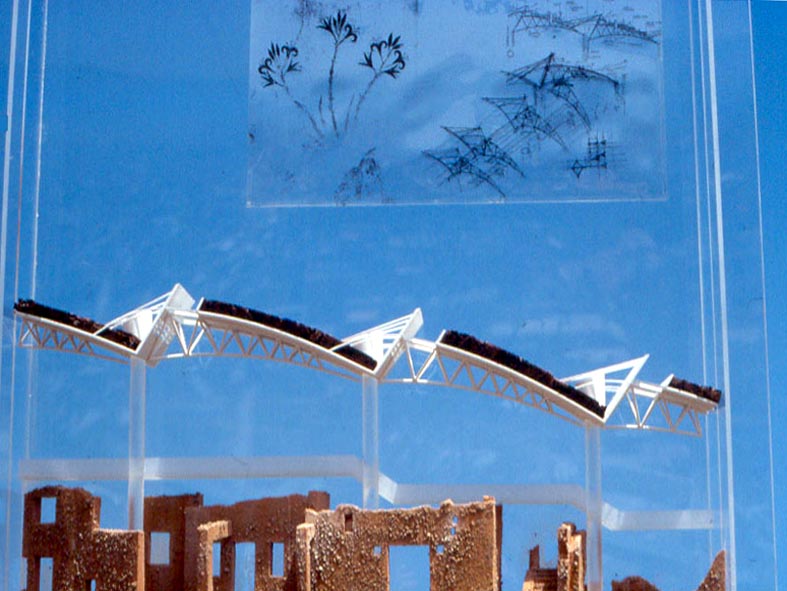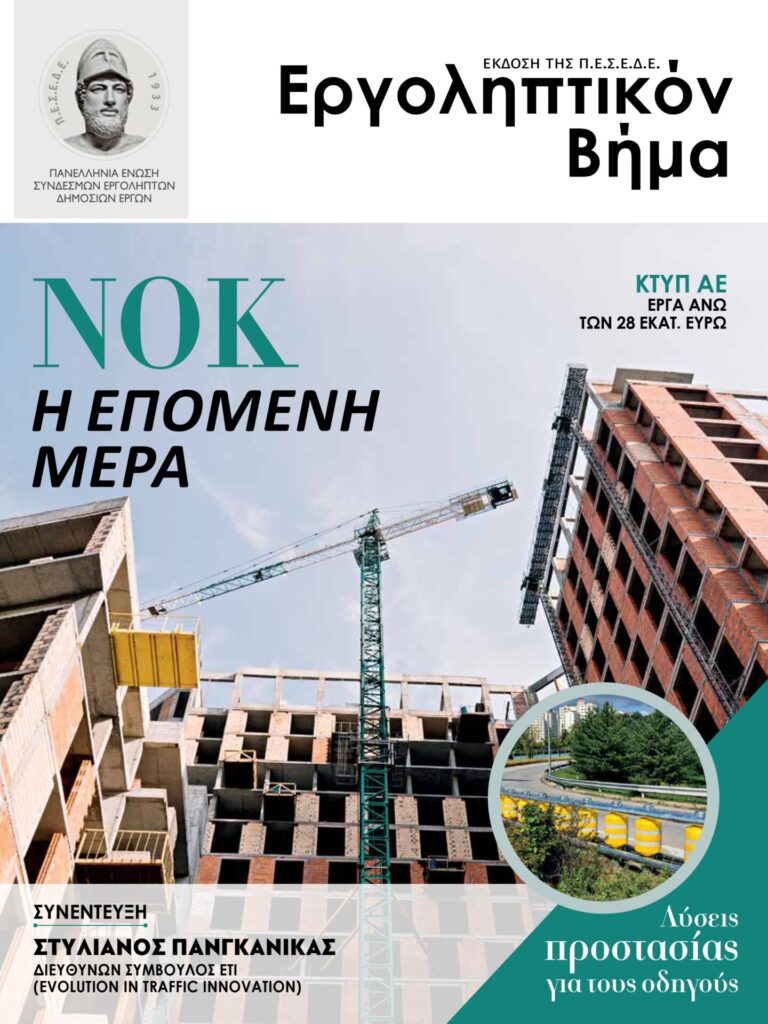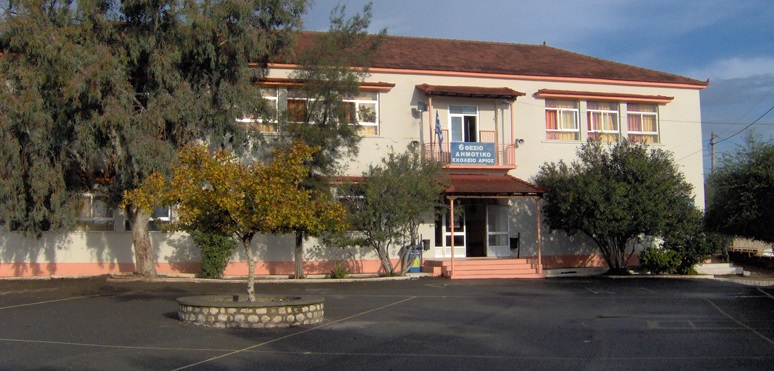Share
By architect Nikos Fintikakis, Professor at the International Academy of Architecture,
Past Vice-President of the International Union of Architects
Member of the Environmental Committee of the Sorbonne University
The illusion of cave (underground)buildings
The allegory of the cave is a dialogue between nature and knowledge, aimed at achieving a just society.
It is a debate about the nature of the kind of knowledge to which a just society aspires.
Plato’s ‘allegory of the cave’ is universally considered one of the most important messages to mankind. It heightens our awareness that we live in the illusion of this world and its aim is the quest for truth.
Do hyposkapha or cave buildings serve this purpose or are they the illusion of a supposedly environmental-friendly architecture?
Society’s acceptance of a responsible architectural expression and image is predicated on a critical exploration of the ambiguity of contemporary architectural landmarks, so that these should not function as iconolatrous symbols.
To the contrary, they should be tools of a conventional bioclimatic and ecological planning, in direct articulation with the particular location, space, time and technology.
And yet, the new architectural transmutations (metallaxes) which are imposed, fail to signify a just design and planning of buildings and cities which serves specific societies and the environment.
Although Architects and Architecture constitute a basic factor that secures the public interest, since the Second World War their role has, unfortunately, been downgraded in relation to the past.
Within the aforesaid framework, explosive problems are created, with serious dimensions for spatial and urban planning, and housing.
For the critical and controversial issue of hyposkapha or cave buildings and architecture, about which the President of PESEDE Μaria Τsiompanou and chief editor Kyriaki Zampara have requested my architectural opinion, I shall refer first to the recent view of colleagues in the Cyclades islands, where underground building is observed to its fullest extent.

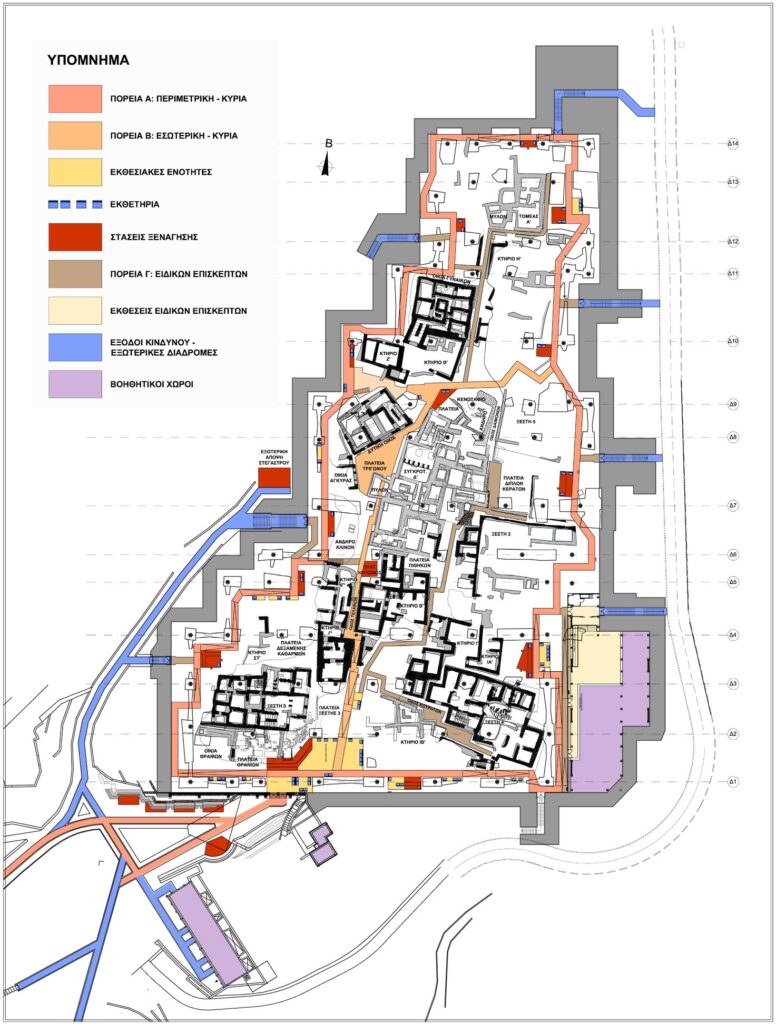
The phenomenon of hyposkapha (cave or underground buildings): ‘Undermining the Cycladic Landscape’ was discussed by the distinguished, recently deceased, Cycladic architect Manolis Isigonis and the very active, renowned Cycladic architect Giorgos Evripiotis.
In their view, hyposkapha, which at one time existed only on Santorini (Thera) and Therasia, have become the backdoor for implementing extensive underground construction in various places, with main characteristics:
- Excessive earth-removal excavations, irreversible interventions, over-size buildings on sensitive slopes
- Sloping roofs, as opposed to the horizontal roofs of Cycladic buildings, to facilitate collecting rainwater
- Out-of-scale door and window frames, glass surfaces which at dawn and dusk glint like huge dispersed ‘artificial suns’
- No rehabilitation of the surrounding landscape and deposition of the products of the excavations as debris fills on the slopes
- The appearance of ‘hyposkaphologist’ planners and estate agents, who scour the islands to find sloping ground and approach owners of this land to persuade them to exploit these ‘plots’.
As the authors state: ‘Today, after the full application of the legislation, the generated result appears for the most part negative and harmful for the environment, with main characteristics the over-size buildings on slopes, which demand considerable excavations – that is, non-reversible interventions’.
- ‘They disembowel’ the slopes
- ‘Everyone looks for plots of gradient in excess of 30%’, notes the Vice-President of the Association of Architects of the Cyclades, Giorgos Evripiotis.
- As Academician Manolis Korres, Professor Emeritus of the NTUA, explains, ‘the word hyposkapho was coined by architects after the major earthquake on Santorini, in order to describe a specific type of dwelling: that which was tunnelled in the rock, underneath some other dwelling’.
‘What is constructed today and named hyposkapho is a building whose rear part is hidden in the ground, so that the construction is not visible. And indeed, it is painted white so as to stand out, as result of which the landscape appears even more fragmented. In most cases, moreover, they are ugly buildings.’
- The building regulation opened loopholes for increasing building.
The well-known journalist Giorgos Lialios wrote on 13/11/2022 a valuable article in the newspaper Kathimerini, describing with illustrations the great scourge of tunnelled or underground buildings in the Cyclades.
All the above confirm the conflict between the sustainability and the green footprint of underground building and the cost of its implementation.
In the large international architectural group ARES-(Architecture and Renewable Energy Sources), which I have the honour of directing together with my Italian colleague Professor Antonio Riverso and with the input of the International Academy of Architecture (IAA), we formulated the principle that:
- The form of our future built environment should be based on a responsible approach to nature and on the use of the inexhaustible energy potential of the sun, the wind, the earth and the water, which represent the four basic elements of Renewable Energy Sources and contribute to securing the four qualities – warm, cold, wet, dry.
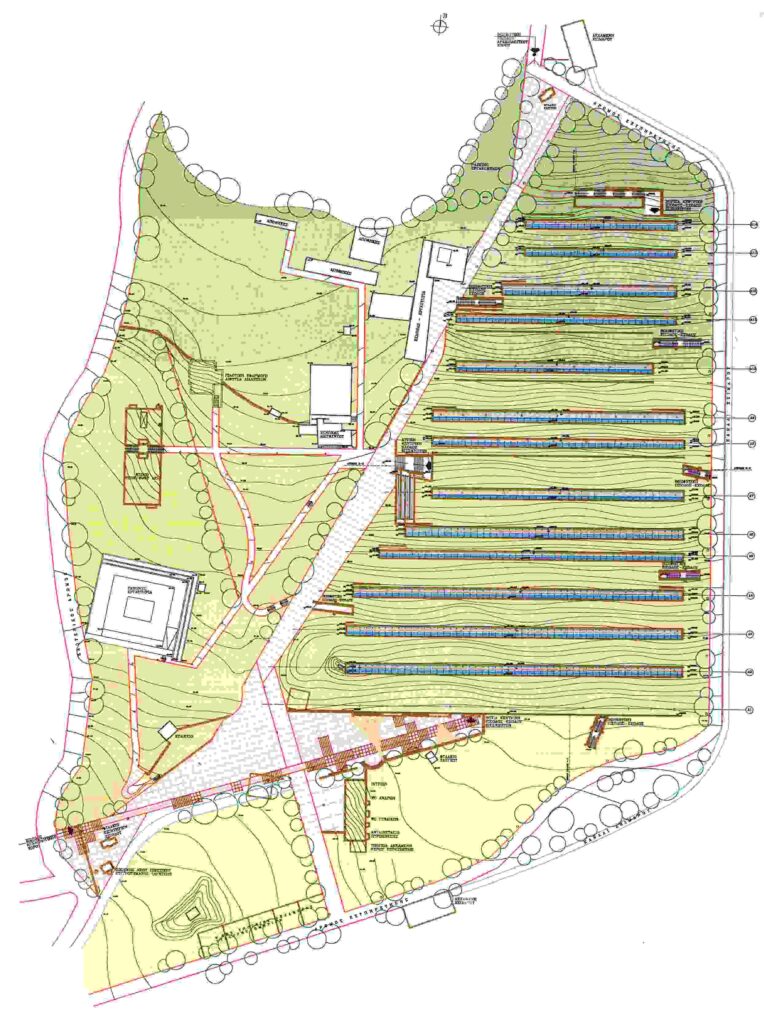



The President of PESEDE, Maria Tsiompanou, has pointed out that in recent years a geometric increase in hyposkapha buildings is observed and the reason for this, which she criticizes, is exploitation of the favourable plot ratio and not the protection of the environment. I agree that this, alas, is the reality.
The metabolism and the mutation (metallaxis) of the building shells, either below ground tunnellings or above ground superstructures of skyscraper type, which compete with one another in height, are the outcome of a commercial and inhuman architecture. It we reckon in the human labour, we have to admit that the enormous skyscrapers in Dubai were built by wretched migrants whose daily remuneration was a portion of food and who slept in mass dormitories – conditions little different from the builders of the funerary pyramids in ancient Egypt.
In a well-documented post on the blog of architect G. Triantaphyllou (22 April 2020) and with the contribution of architect P. Tsakopoulos, from his related article in the periodical Ελληνικές Κατασκευές (Greek Constructions) (issue 220/2017), presented are the narrations and the lectures relating to the building of hyposkapha and other constructions after the 1956 earthquake on Santorini, by the team of distinguished colleagues headed by the towering figure of C. Dekavalla, who died only a few days ago, and with the participation of V. Bogakos, D. Philippidis.
In his specialized talk, the former President of the Attica Section of SADAS, Vasilis (Lilos) Grigoriadis, stressed: ‘The construction of the vault was important. The vault resulted from the hyposkapha of Santorini, due to the structure of the ground. There were of course vaults in the free-standing building and from there emerged also the architectural character of the island.’ As Lilos notes, apart from the hyposkapha, there were also some vaulted buildings, outside of cave buildings, which had the character of the architectural form of that period.
In the legislative regulation on ‘construction of cave buildings’ it was stipulated that this innovative practice would incorporate the buildings in the environment and the relief of them (giving concurrently a significant construction bonus). However, it was not possible to foresee that this imaginative practice would bring the opposite result to that desired, as the Association of Architects of the Cyclades states in its bulletin: ‘Today, after the full application of the legislation, the generated result is for the most part negative and harmful for the environment, with principal characteristic the over-size buildings on slopes, which presuppose significant excavations – that is, non-reversible interventions’.
The concept of the cave building, mainly on Santorini, is due to the island’s particular volcanic geomorphology. Thanks also to the properties of the ‘Theran earth’ (volcanic ash), the hyposkapha are warm in winter and cool in summer, while consistent with the conditions of environmental construction, through-ventilation is secured via vertical shafts at the far end of the manmade cave, a measure which today has been ignored on account the large dimensions of the underground buildings.
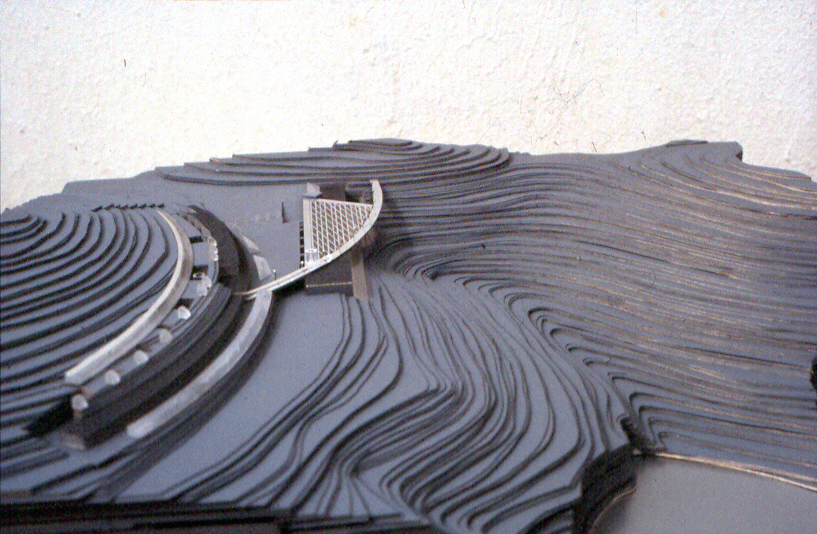

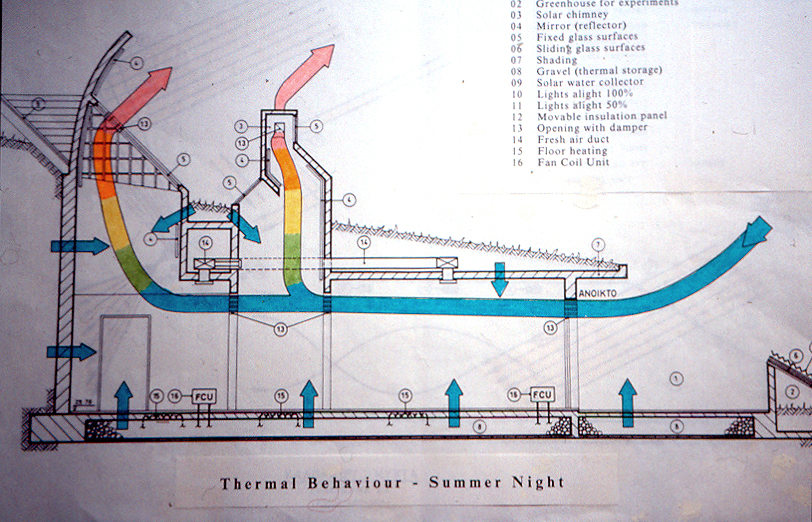
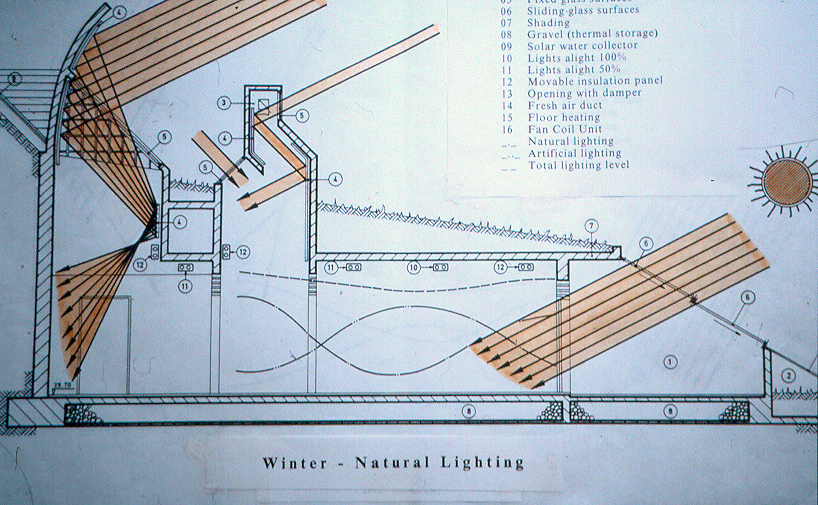
These principles of bioclimatic architecture were applied in the award-winning design I proposed to the European Architectural Competition (SOLAR HOUSE) for the Bioclimatic Shelter at the archaeological site of Akrotiri, to which the President of PESEDE asked me to refer.
I stress, however, that the Bioclimatic Shelter of Akrotiri cannot be considered a cave building, rather it is a protective shell that makes use of Theran earth as a cover, so as to use the same material as mantled the prehistoric settlement at the site, after the volcanic eruption in the sixteenth century BC. This Theran earth/volcanic ash both buried and preserved for 3,500 years not only the buildings but also the wonderful wall-paintings, as pointed out by the internationally renowned Director of the Akrotiri Excavations, Professor Emeritus Christos Doumas (Civil Engineers N. Pandis, N. Papantoniou, P. Karydis, G. Ioannidis, K. Liontos, and Electrical/Mechanical Engineers A. Sgouropoulos, I. Makatsoris).
Another classic example of real environmental-bioclimatic architecture is the award-winning plan I proposed, in a Panhellenic Architectural Competition, for the Renewable Energy Sources Centre (CRES) at Anavyssos in Attica (Civil Engineer G. Parigoris, Electrical/Mechanical Engineer A. Sgouropoulos). Unfortunately, however, the building was not erected because the then Management of CRES sold the plot of land. This would have been indeed a hyposkapho, with no increment of the plot ratio and model bioclimatic underground architecture, the main aim of which was to avoid a building above ground, which could have affronted the unique monument of the temple of Poseidon at Sounion.
One other project that is not hyposkapho but underground and which functions as a bioclimatic cave building, is the study commissioned from me after public tender on the basis of Legislative Decree 4412, for the modernization of the Archaeological Museum of Thessaloniki (AMTh), creation of the distinguished architect Patroklos Karantinos, whom I’d known since childhood, as he was a colleague and friend of my father.
Overriding concern of my study and its subsequent construction was not to alter Karantinos’s design, which is why I proposed the underground expansion of the AMTh by exploiting the atrium, in order to secure natural light and natural through ventilation of the basement, in accordance with the principles of bioclimatic planning (Civil engineer T. Tsiknias and Electrical/Mechanical engineers S. Livadas and I. Makatsoris).
The President of the IAA Professor Amedeo Schiatarella recently emphasized that the climate crisis we are confronting of late, and which can cause catastrophic and irreversible changes, is the product of man’s inability to live in harmony with nature. As architects we cannot change the fate of the world, but as members of the IAA we are still here and we are determined to show that thanks to our work the future can and will be better, since architecture is still in a position to create harmony and beauty and to protect the basic values of mankind, even when the edaphic conditions and the cultural substrate are very different.

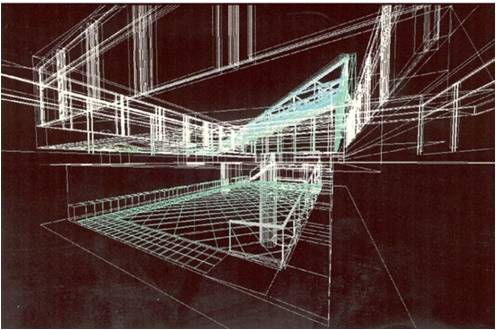
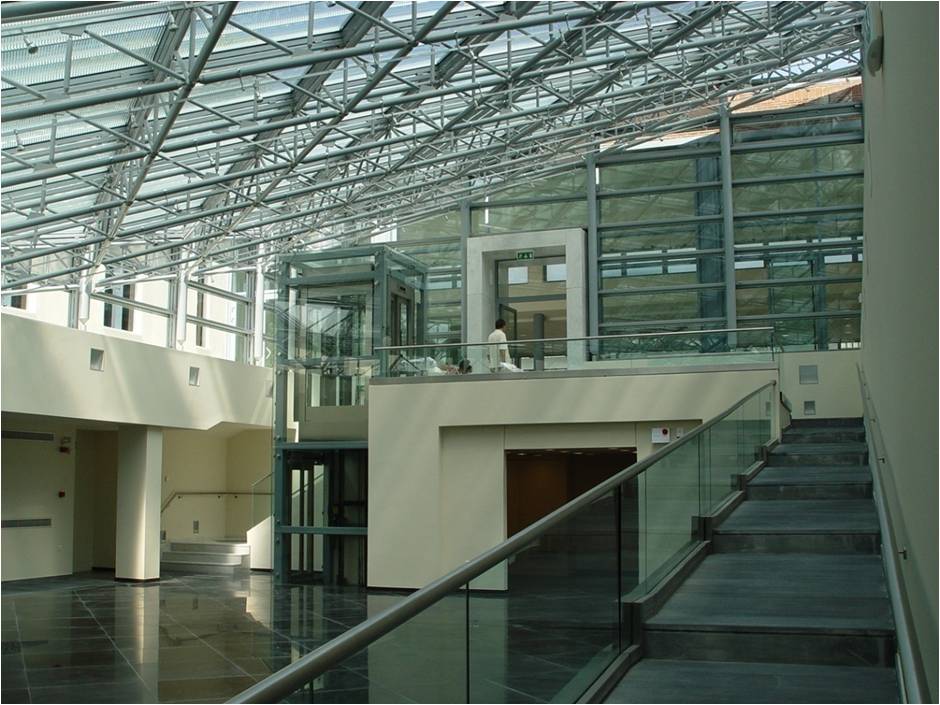
In an intervention of mine as representative of the IAA at the United Nations, ‘Inter-regional workshop on urban mobility – Challenges and opportunities from transport, energy and spatial planning’, which was organized by UNECE, I referred to the important global role of the IAA and to the need for innovative architectural-structural changes in the planning of cities and in the peri-urban environment. The direction should be the planning of multi-centric cities aimed at achieving the maximum reduction in energy consumption, especially in mobility-transport, but also at keeping a human-scale plot ratio without loopholes for contraventions, such as those achieved through cave buildings.
I pointed out too that the IAA, which represents the international community of academic architects, will make an essential contribution to every further discussion and processing of this issue of the transformation and metabolism of ‘architectural design’, aimed at a human and environmental-friendly construction, without infringements either in height or underground, given that today’s sick cities are polluted, unhealthy, unmanageable, unsustainable and undoubtedly inadequate.
So, the need for replanning in a new direction, of Just Social Coexistence, is enhanced.
Although Architects and Architecture are a basic factor that secures the public interest, they suffer dramatically.
The role of architecture as a responsible profession is highly important from this perspective. Therefore, the aim of the architect’s work in the future must be to design buildings and spaces in such a way that the natural resources are conserved and renewable forms of energy – mainly solar, Aeolic, geothermal and wave energy – are used extensively, so avoiding many of the undesirable developments.
New design and planning ideas must be developed, which will heighten awareness of these basic elements, as sources of light and warmth. The general public’s acceptance of the technology of renewable energy sources in constructions can only be achieved through convincing ideas and examples.
The natural resources available in a given location, especially the sun and the wind, should be utilized to advantage for the bioclimatic planning of buildings and should be reflected in the design of their arrangement and form.
Hyposkapha or cave buildings should not be an INTENTION of architectural design but only a NEED, and this only in cases of SOCIAL NEED due to the particular GEOMORPHOLOGY of the place. For no reason can the increase of the human and socially accepted plot ratio, through cave or underground constructions and on the basis of the illusion of a supposedly environmental planning, be allowed, because then hyposkapha become a spurious symbol of iconolatrous environmental planning.
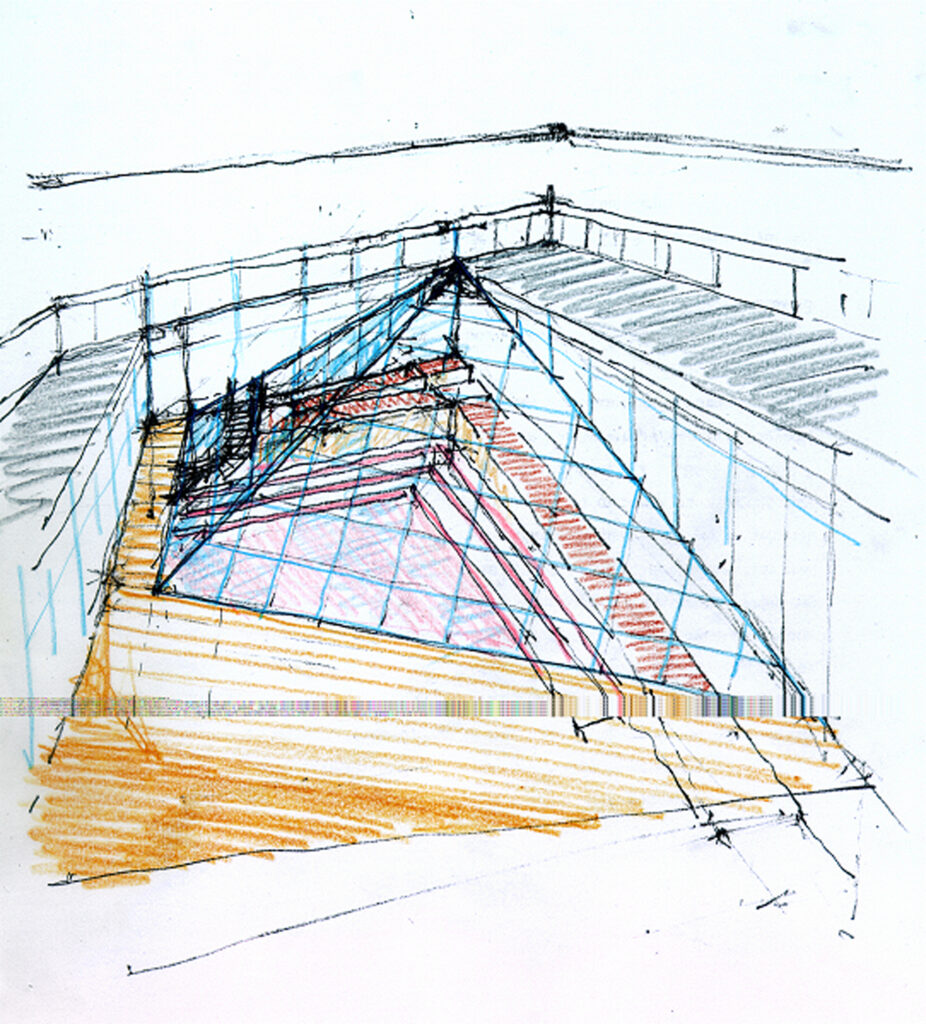
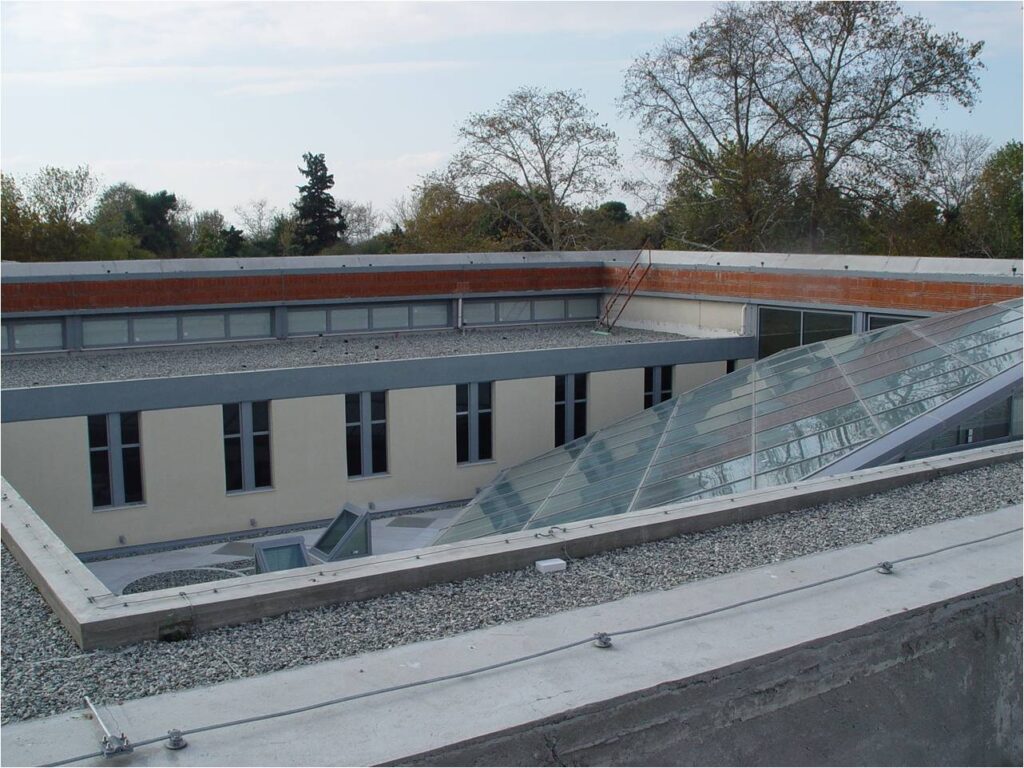
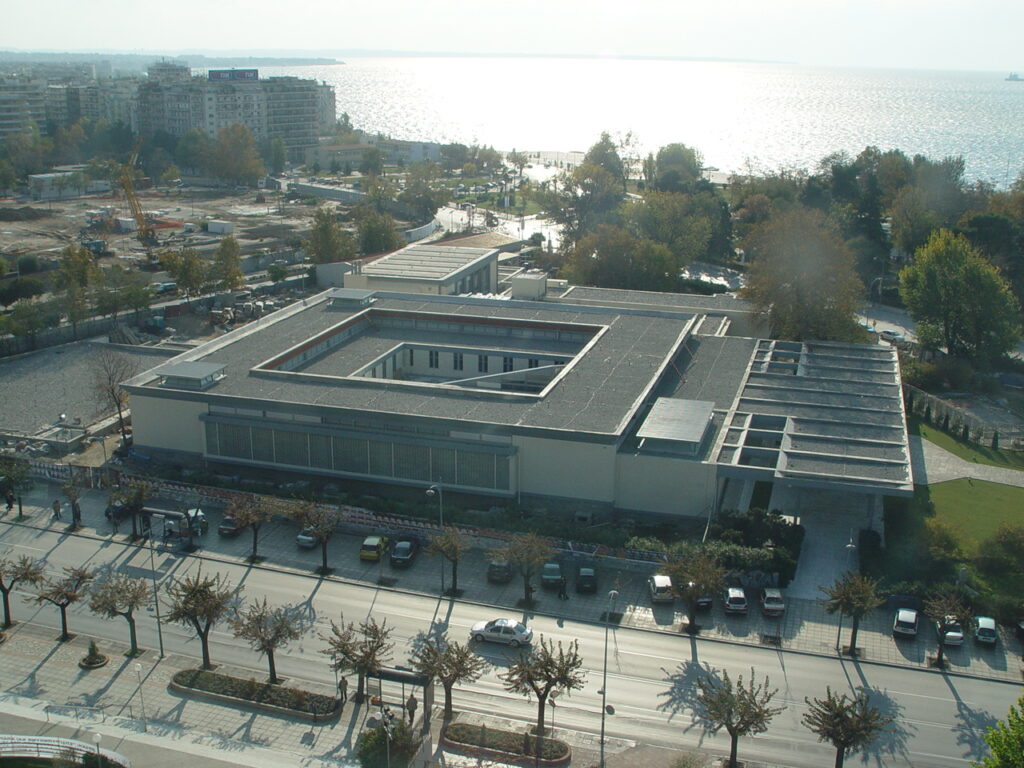
πηγή: Εργοληπτικόν Βήμα Νο_133 της ΠΕΣΕΔΕ
Hyposkapha – Cave Buildings
– READ HERE! Enjoy your reading!

